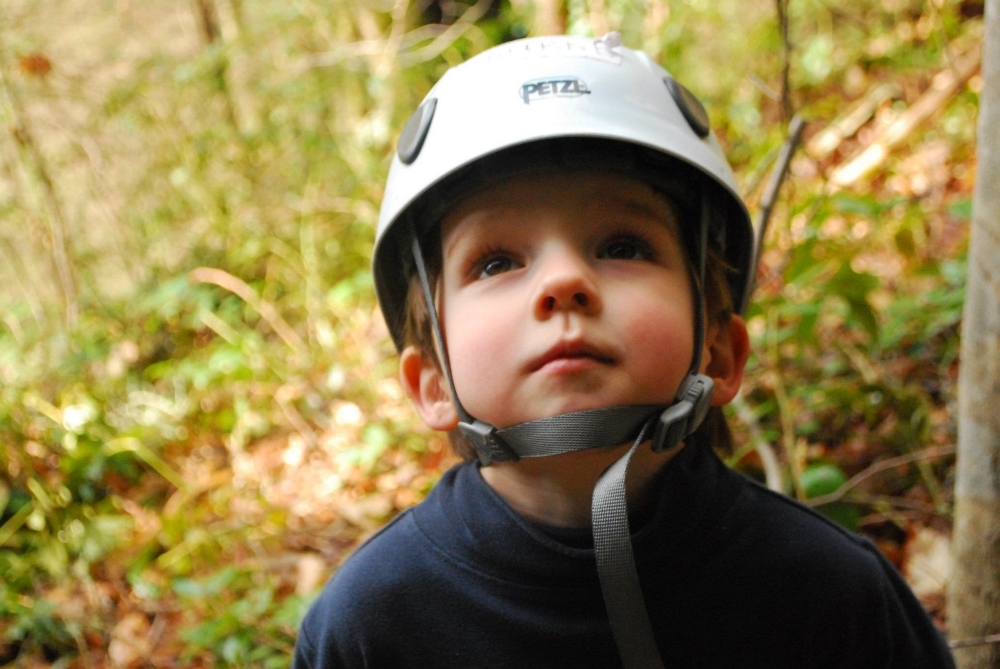The American Alpine Club is pleased to announce the recipients of the 2017 Cutting Edge Grant award. The Cutting Edge Grant, a new evolution of the AAC’s historic Lyman Spitzer Award, continues the Club’s tradition supporting climbing athletes in pursuit of world-class climbing and mountaineering objectives.
The Cutting Edge Grant is supported in part by Global Rescue.
January 12, 2017, Golden, CO— The American Alpine Club is pleased to announce the recipients of the 2017 Cutting Edge Grant award. The Cutting Edge Grant, a new evolution of the AAC’s historic Lyman Spitzer Award, continues the Club’s tradition supporting climbing athletes in pursuit of world-class climbing and mountaineering objectives.
The Cutting Edge Grant seeks to fund individuals planning expeditions to remote areas featuring unexplored mountain ranges, unclimbed peaks, difficult new routes, first free ascents, or similar world-class pursuits. Objectives featuring a low-impact style and leave-no-trace mentality are looked upon with favor. For the 2016/17 grant cycle, the AAC received 33 grant applications and awarded $20,000 to three recipients.
ANNE GILBERT CHASE - ($8,000) to attempt the first ascent of the Southwest face of Mt. Nilkantha (6596m), a major peak of the Garhwal division of the Himalayas, in the Uttarakhand region of the Indian state of Uttarakhand. The route contains 1,500m of technical climbing from base to summit and features steep rock and ice mixed climbing with numerous objective hazards. Mt. Nilkantha has been climbed only a few times via the North and West Ridges while the more impressive Southwest face is yet to be completed.
JEROME SULLIVAN - ($6,000) to attempt the first ascent of the East face of Monte San Lorenzo (3706m) on the border between Argentina and Chile in Patagonia. Various parties have attempted the face yet no one has succeeded -- cornices and seracs top the 4km wall, leaving little safe lines. The primary objective is a steep and technical buttress on the East face of the Cumbre Central.
CLINT HELANDER - ($6,000) to attempt the first ascent of the South Pillar of Panbari (6905m) located in the Peri Himal region just north of Manaslu in Nepal. Panbari, though close to the popular and accessible Manaslu trekking circuit, has seen little attention from climbers. The South Pillar begins with a web of couloirs that weave upward for 1000m with the technical pillar beginning at about 5300m with steep snow, ice and mixed climbing expected, with the rock being fractured granite.
The Cutting Edge Grant is supported in part by Global Rescue, the world’s leading
provider of integrated travel risk and evacuation memberships. CEG recipients are
additionally awarded a one-year, full Global Rescue Membership—an upgrade to the standard AAC rescue coverage. Upgraded benefits include: $500,000 of rescue
evacuation, repatriation back to the US, deployed Global Rescue Personnel, and
more—a service intended to help AAC members climb hard and return home safely.
The American Alpine Club has inspired and supported cutting-edge climbing achievements for over 100 years. From funding the first ascent of Mt. Logan in 1925, to the exploration of the Karakoram in 1938, to the 2006 first ascent of Nanga Parbat’s Rupal Face, the AAC has stood to support climbers who push their physical and mental limits and celebrated their accomplishments.


















































